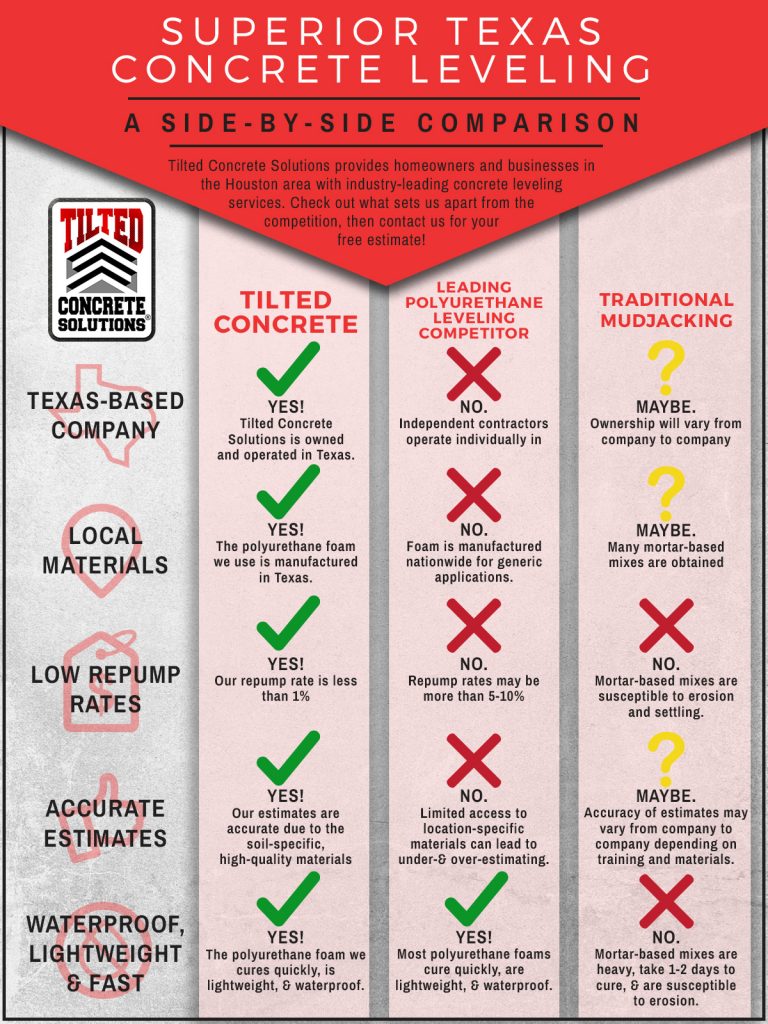Prepare Your Wall Surfaces Appropriately For A Perfect Paint Finish
Prepare Your Wall Surfaces Appropriately For A Perfect Paint Finish
Blog Article
Team Author-Brun Boyd
Accomplishing a perfect paint task begins with precise wall preparation. From filling in flaws to priming surfaces, each step plays an important duty in the final result. However what concerning those challenging edges and edges that can make or break the total appearance? Remain tuned to discover expert ideas on just how to navigate these tough areas with skill, making sure a seamless finish that will boost your area to brand-new heights of class.
Wall Maintenance
Evaluating walls for any type of imperfections and immediately addressing them with necessary repair work is essential for attaining a smooth and perfect paint work. Before starting the painting process, carefully examine the walls for splits, openings, damages, or any other damage that can affect the final result.
Start by filling in any fractures or openings with spackling compound, enabling it to dry entirely before sanding it down to produce a smooth surface area. For larger damages or harmed areas, think about making use of joint compound to make sure a seamless repair.
In addition, check for any type of loose paint or wallpaper that might require to be removed. Scrape off any kind of peeling paint or old wallpaper, and sand the surface area to develop a consistent texture.
It's additionally vital to examine for water damages, as this can cause mold and mildew growth and impact the bond of the new paint. Address any kind of water discolorations or mold with the proper cleansing services prior to waging the painting procedure.
Cleansing and Surface Area Prep Work
To make sure an excellent and well-prepared surface area for painting, the next step entails completely cleaning up and prepping the wall surfaces. Begin by dusting the walls with a microfiber fabric or a duster to eliminate any type of loosened dirt, cobwebs, or debris.
For more stubborn dirt or crud, a solution of mild detergent and water can be used to delicately scrub the walls, complied with by a thorough rinse with tidy water. Pay unique interest to locations near light buttons, door takes care of, and baseboards, as these tend to gather even more dirt.
After cleansing, it is vital to evaluate the wall surfaces for any kind of fractures, openings, or blemishes. These should be loaded with spackling compound and sanded smooth once completely dry. Fining sand the wall surfaces lightly with fine-grit sandpaper will certainly additionally assist create a consistent surface for paint.
Priming and Insulation
Before paint, the walls ought to be topped to make certain appropriate attachment of the paint and taped to protect surrounding surface areas from roaming brushstrokes. Priming acts as a critical action in the paint procedure, especially for brand-new drywall or surfaces that have been patched or fixed. It helps secure the wall, producing a smooth and consistent surface for the paint to adhere to. Furthermore, straightline paint can improve the resilience and protection of the paint, ultimately bring about an extra expert and long-lasting coating.
When Read the Full Article concerns taping, utilizing painter's tape along trim, ceilings, and other surfaces you want to safeguard is necessary to achieve clean and crisp paint lines. Painter's tape is designed to be easily applied and removed without damaging the underlying surface area or leaving behind any kind of residue. Make the effort to correctly tape off locations prior to repainting to conserve on your own the hassle of touch-ups later.
Final thought
In conclusion, correctly preparing your wall surfaces prior to paint is important for achieving a remarkable finish. By examining for blemishes, cleansing extensively, priming the surface area, and making use of painter's tape for tidy lines, you can guarantee a professional-looking paint job.
Taking the time to complete these steps will certainly cause a smooth and long-lasting finish that improves the overall look of your room.
